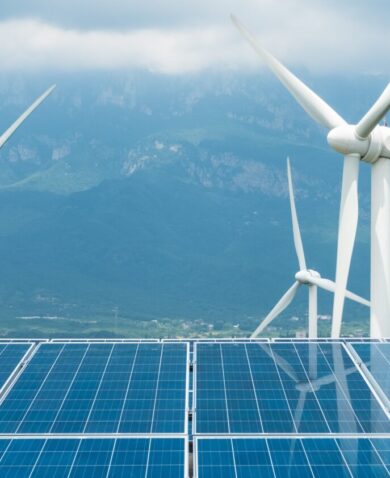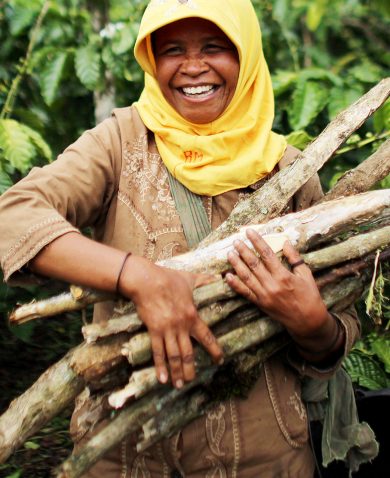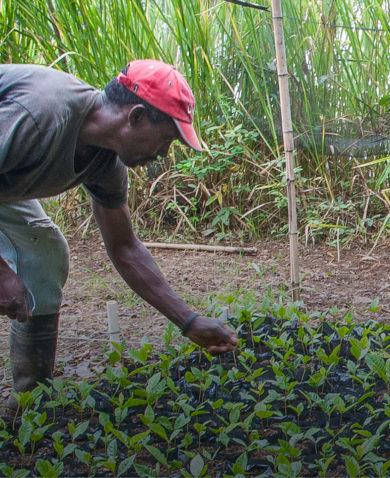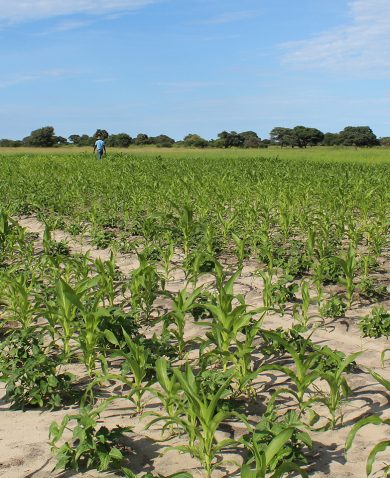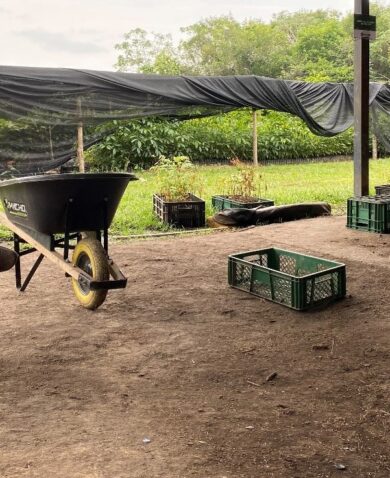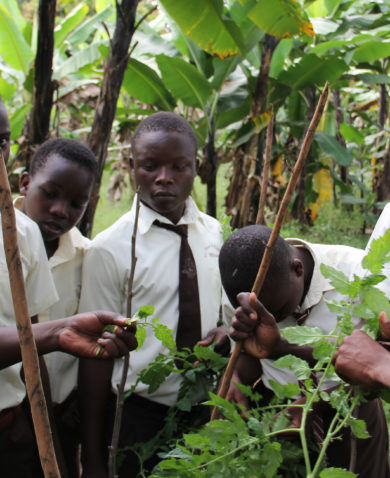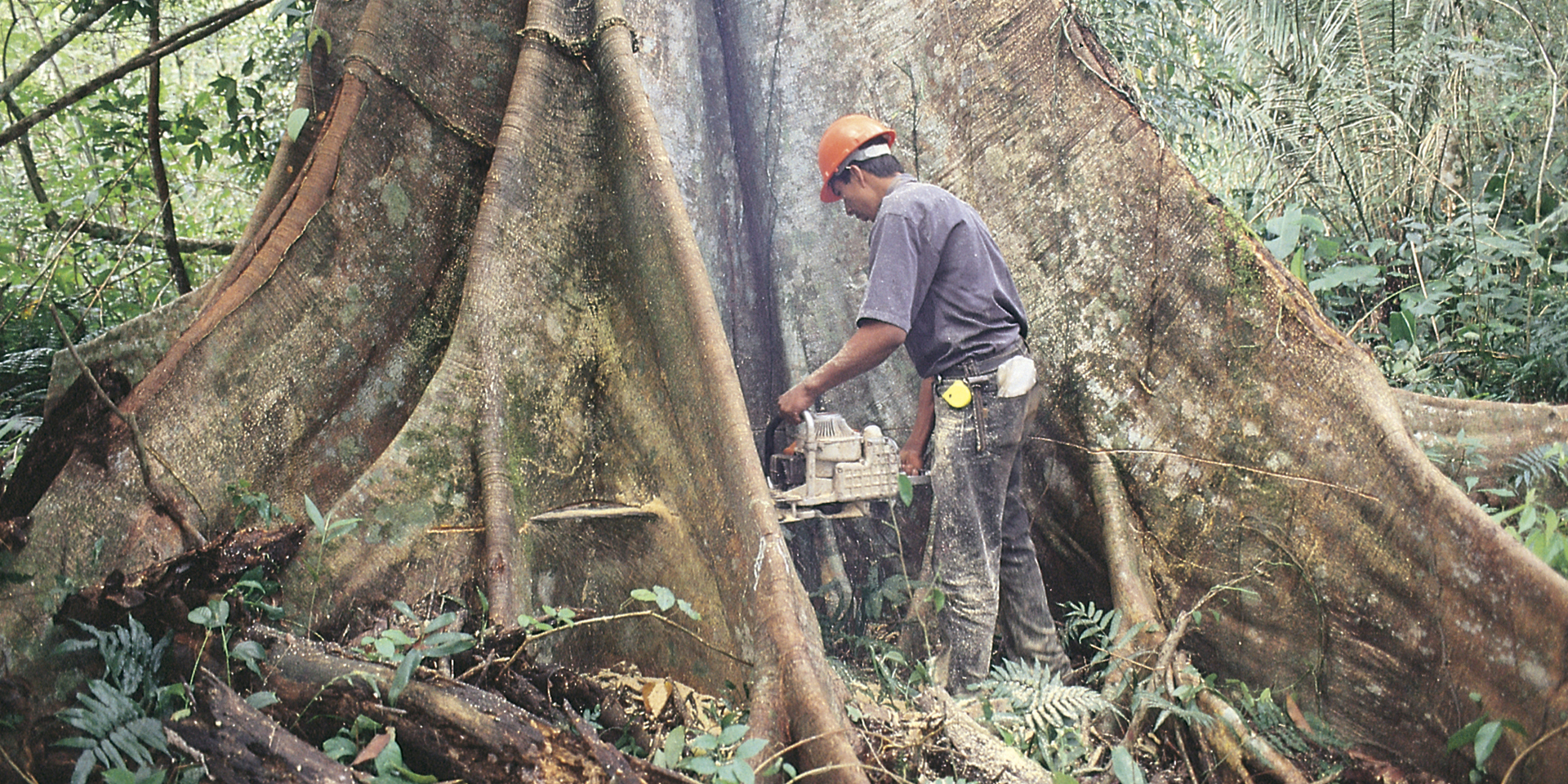
Know Your SDGs: Can We Learn to Live Sustainably?
August 28, 2015 | 3 Minute ReadSustainable Development Goal 12 focuses on sustainable consumption and production.
“With less than 5 percent of world population, the U.S. uses one-third of the world’s paper, a quarter of the world’s oil, 23 percent of the coal, 27 percent of the aluminum, and 19 percent of the copper… [and] a child born in the United States will create thirteen times as much ecological damage over the course of his or her lifetime than a child born in Brazil.” – Dave Tilford, the Sierra Club
Despite the publicity that climate change, biodiversity loss and sustainability have increasingly received in the American public press over the years, it has to date had scant impact on shifting behaviors toward more measurable sustainability patterns. National Geographic’s Greendex found that American consumers rank last of 17 countries surveyed in regard to sustainable behavior. On the “production” side, while Americans account for under five percent of the world’s population, Americans also create half of the globe’s solid waste – yuck!
It is in this context that we must examine Sustainable Development Goal (SDG) 12: “ensure sustainable consumption and production patterns.” Goal 12 covers all aspects of sustainable production and consumption, and is notable for its insistence that by 2020 and 2030 a series of remarkable milestones will have been met.
The topic of sustainability has long been saddled by a disconnect between lofty goals, philosophical imperatives and beliefs, and alarming statistics and trends. While scientists predict species loss and extinctions due to unsustainable resource use, during climate change global negotiations, aggregate unsustainable consumption and production trends tend to come down to one single metric: greenhouse gas emissions measured in “carbon dioxide equivalents.”
Despite over 45 years of debate around the relationship between population pressures, and resource depletion, one overriding question remains—can sustainability be achieved through a progressive technocratic approach to production and consumption issues, or is a radical transformation of behaviors across societies in fact required?
While not putting responsibility exclusively on Americans’ shoulders for global unsustainability, there’s no getting away from the fact that the success or failure of Goal 12 will depend on future American consumption patterns. Current rates of consumption are likely unsustainable if others on the planet place similar competing demand on resources. Even if they do not, questions of equity as well as externalities (the costs that some users inadvertently place on others) remain an issue. This has been a topic of repeated discussion in international negotiations, such as the respective U.N. Conventions on biodiversity and climate change.
Presumably, either Americans will need to dramatically decrease consumption patterns to enable our own footprint to become more sustainable, or else, incredible production and technological efficiencies will need to appear, which will be met by restrained consumption and production patterns in other parts of the world. Otherwise, how to achieve any type of equilibrium across the many components of sustainability remains puzzling.
But, can reversal of negative trends be accomplished through well-tried tools such as the roughly 500 certification standards that were designed to help shape production and consumption patterns towards sustainability? Several of the key macro level metrics would indicate the answer is no—greenhouse gas metrics continue to gloomily rise, while metrics for species extinction rates have been radically revised upward. At 1,000 greater than the “background rate”—the rate against which extinctions are measured based on fossil records—there’s little positive to note there.
While few would argue with the aspirations of Goal 12, the question facing us both in the U.S. and at the global scale is simply: what needs doing, by whom, when, to get there? Seemingly a simple question, but one with enormous political, economic, and social implications.
It’s impossible to solve these complex problems in the space of a short blog post. So I will end by saying that I personally take the SDGs as providing a highly aspirational conceptual framework to help shape more ethical and effective behaviors among the many peoples of the planet. Yet while the problem on the one hand confronts each and every individual, it is also shaped by macro level pushes and pulls at policy levels that dwarf our individual impacts. While our well-intentioned turning off of lights and picking up of plastic bags on the street or the beach are all worthy, we clearly need to be influencing policy using the leverage of the ballot box as well.
There is no escaping the fact, if one accepts consensus-based science, that trends are alarming, and previous technocratic approaches have not proven remotely good enough to provide a basis for achieving Goal 12. I suspect that we will need a mix of new and improved values operating at various scales—personal, societal, global—if we are to move towards the lofty aspiration Goal 12 presents us. Hopefully the combination of bottom-up demand across society and leadership from the private and public sectors will increase to the point where action, measurable outcomes, results, and impacts will follow. Otherwise, we may come back in 5-10 years and find that the SDGs, and Goal 12 in particular, failed to impel much progress towards sustainability globally.
Curious about the SDGs and post-2015 development agenda? Watch this space. “Know Your SDGs” is a recurring weekly blog series digging into the goals in the lead-up to the United Nations General Assembly and post-2015 development summit this September.



